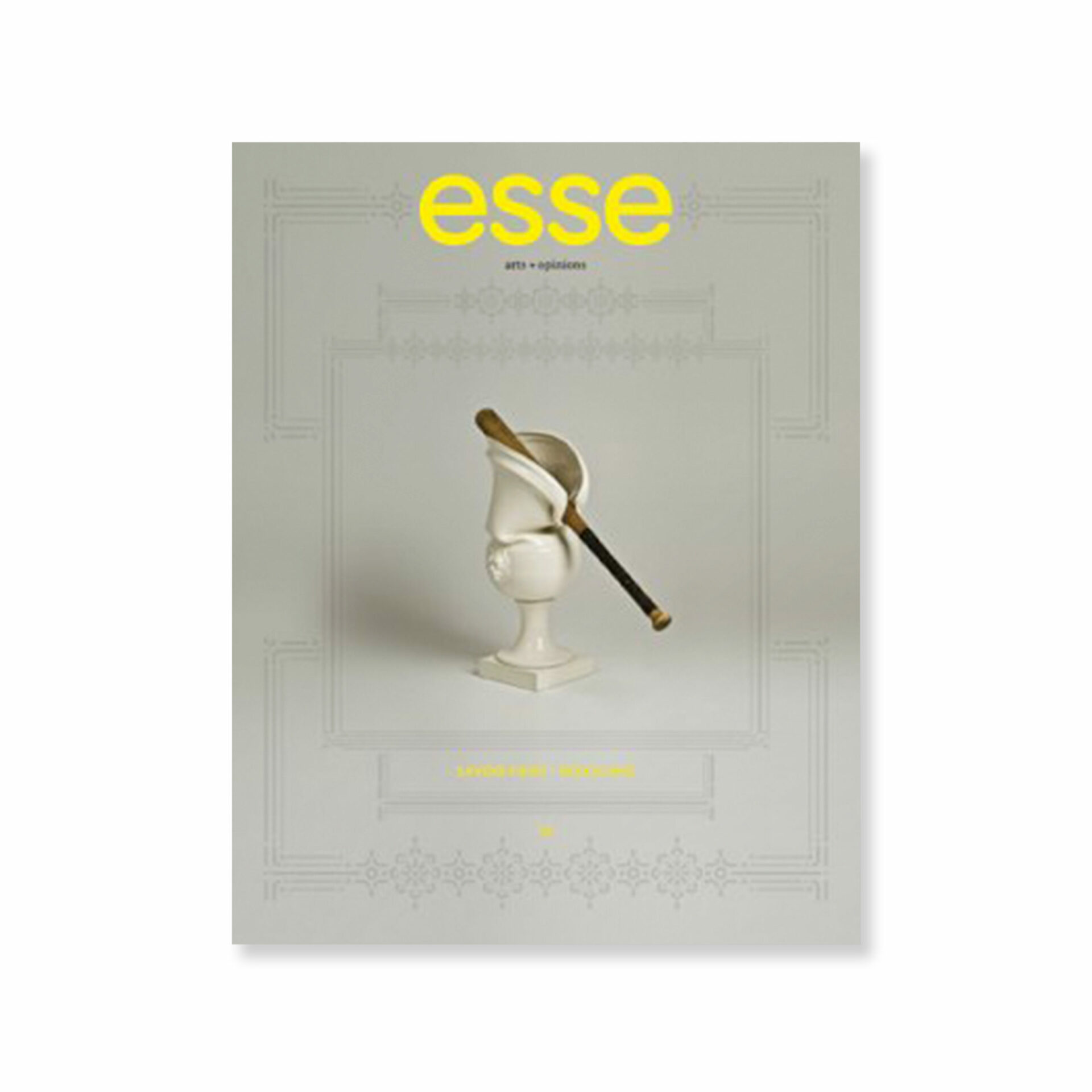In Praise of Virtuosity?
Twentieth-century art, which saw the birth of readymade and conceptual art, was marked by a rupture with tradition and a questioning of the role of technical savoir-faire. During this period, practices bringing into play experience, process, and device led to the studio being abandoned by nomadic artists with a preference for site-specific or ephemeral art, while the advent of new technology contributed to the decline of the materiality of the object. Are these multiple approaches, which Yves Michaux ironically described as “the gaseous state of art,” in the process of being supplanted by a major resurgence of savoir-faire and the handmade object?
The term “reskilling,” borrowed from the domain of professional training, designates the learning of new skills in order for certain trades to adapt to the needs of the market. Recently introduced into the field of contemporary art,1 1 - In this regard, see John Roberts, The Intangibilies of Form: Skill and Deskilling of Art After the Readymade, (London and New York: Verso, 2007). reskilling, or requalification, thus enhances the prestige of manual work — most notably through the revival of essentially abandoned artisanal techniques — and attributes value to the mastery of execution and the craftsmanship of a work as well as its material and decorative sophistication. In the context of industrial production, reskilling was a direct response to deskilling, a process whereby human expertise was rendered obsolete through the introduction of new technology. However, in the artistic domain such deskilling cannot be attributed purely to the effects of industrialization but also to the willingness of the avante-garde to break with the dictates of academicism. If virtuosity has always inspired admiration — and this until the present day — contemporary art has nevertheless succeeded in turning away from constraints associated exclusively with skills. In other respects, it is pertinent to examine the motivations behind this renewed interest in traditional techniques and the requalification of savoir-faire by observing their role within the context of contemporary art issues at the beginning of the twenty-first century.
The texts in this issue propose somewhat conflicting, yet complementary, opinions on the subject, expressing on the one hand the urgency “to ‘rescue’ the ‘making’ of art and its mediums” (Luanne Martineau), and on the other, highlighting the persistence of practices “in which non-knowing, emptiness, and the unforeseeable are privileged modes of being and doing destined to perpetually undermine the realm of skill, know-how, technique” (Stephen Horne).
This collection of essays thus bears witness to great diversity and a willingness to pursue a deeper examination of art as object without restricting the debate to mere dogmatism. To this effect, the analyses of reskilling presented here in no way herald the disappearance of experimental art or procedural practices; instead, they act as a counterbalance to relatively recent issues which contemplated relational processes, the dematerialization of the object, and even the disappearance of art works all together.2 2 - I am referring in particular to issues such as Fragile (no. 65), Disappearance (no. 66), and Intercourse: art as transaction (no. 73).
By exploring works that invoke casting techniques specific to ceramics, textiles, painting, and more “contemporary” media such as photography, video, and installation, the essays also expound the various means through which artists strive to question material. The works reveal several common tendencies or preoccupations, such as a predilection for hybridity, the appropriation of everyday objects, and a variety of playful approaches without recourse to nostalgia. Also apparent is the turning away from the utilitarian value generally associated with the techniques from which they borrow. In other respects, the artists, far from confining themselves to formal or aesthetic explorations related to their respective media, bear witness to social or political preoccupations by taking a critical look at “our post-digital age of software-specific art and design, consumerism, condensed time, and globalism” (Martineau), through moulding, “an anti-idealistic technical choice that eludes conventional (predominantly male) aesthetic pretensions through inventive and contradictory formal strategies” (Katrie Chagnon) and through “recontextualizing [the notions of] work and value” (Andrew Hennlich). These all point to the fact that the role of savoir-faire and traditional techniques shall never be confined to the manufacture of purely decorative objects.
[Translated from the French by Louise Ashcroft]
